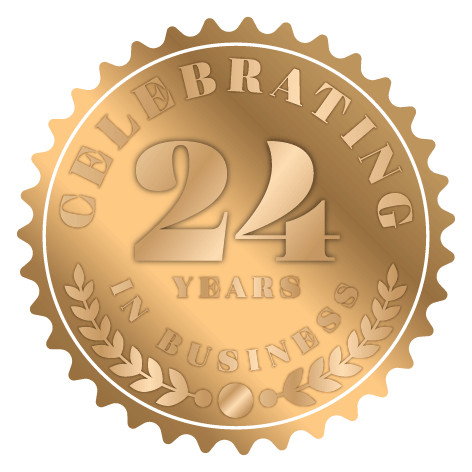There have been a lot of rule changes for trusts over the past few years – and now Inland Revenue has introduced another tweak, one you need to know about if you use trusts to protect your assets.
Who’s Who When It Comes To Trusts
To understand the new rule, you need to know the roles within a trust:
- The settlor set up the trust or moves assets into the trust; there can be more than one settlor. For example you might set up a trust to protect your family home from claims against your business – you are the settlor.
- The beneficiaries are those who receive benefits from the trust or the assets it holds. For example, your children or partner.
- The trustees are the people appointed to manage the trust. For example, the trustees might be you, your partner, and a professional advisor.
The New Rule Can Turn Beneficiaries Into Settlors
For tax reasons, trusts often make income distributions to beneficiaries without actually paying that money out to the beneficiaries. The money will sit in a beneficiary account and be recorded as money owed to the beneficiary. In the past, this hasn’t been a problem.
Now, if a beneficiary account has more than $25,000 in it which is owed by the trust, Inland Revenue says the beneficiary will automatically become a settlor of the trust.
This might not be a problem, but it can become an issue. For example, if your child is a settlor and they get into trouble with a property – the trust could be ‘tainted’ by the associated persons rules, possibly putting your assets at risk. There are also potential tax issues around the bright line test, and settlors with foreign residence.
What Should You Do If You Have A Trust?
If you have a trust, get in touch and talk to us about your options. You may not need to do anything, but it’s important to understand any potential pitfalls. There are ways to prevent beneficiaries becoming settlors without paying them out the distributions, so give us a call – we’re here to help.

